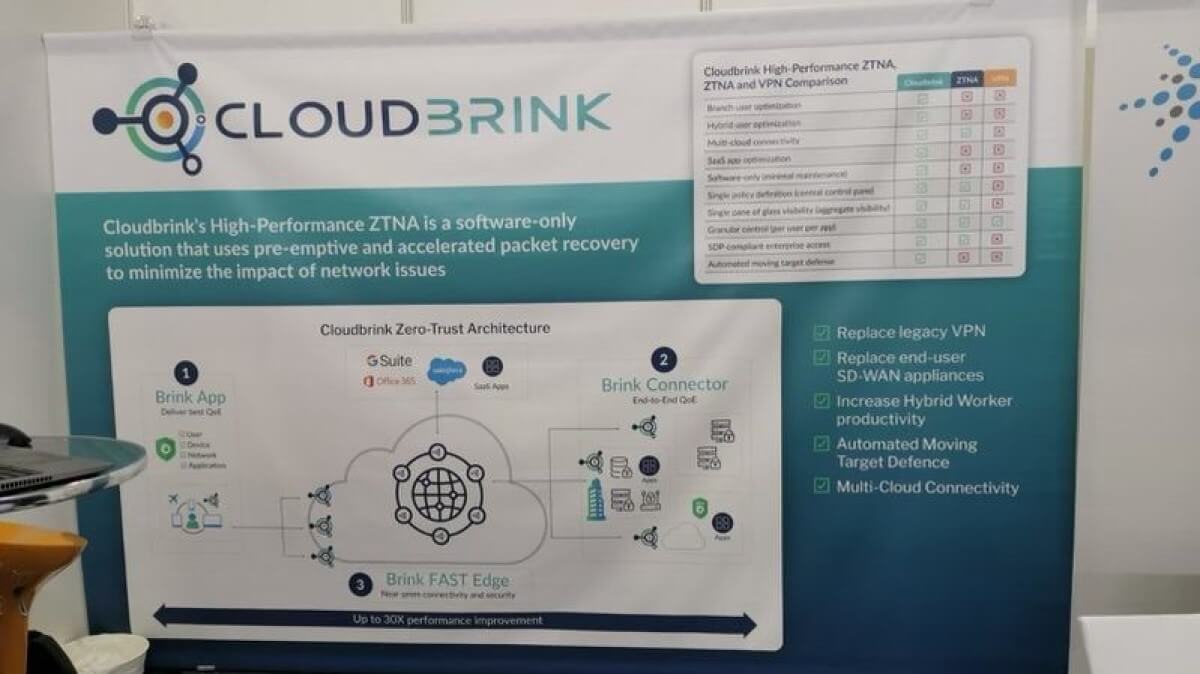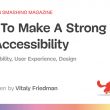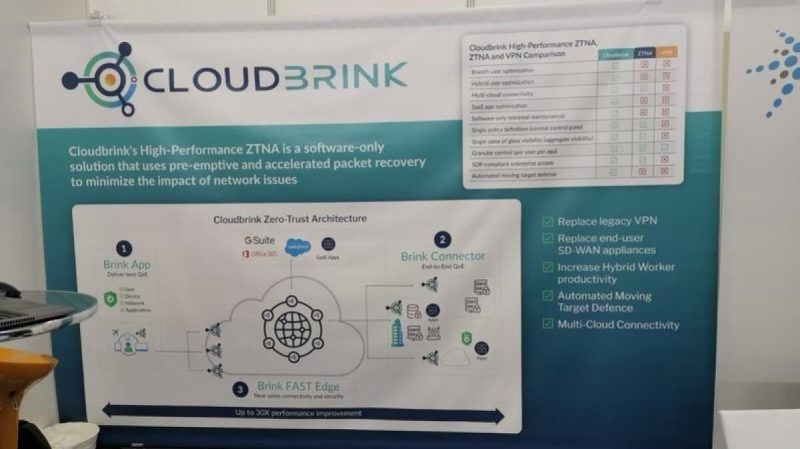

These days, with remote work becoming the norm, even little packet loss may seriously impair the functionality of virtual private networks (VPN) and Zero Trust Network Access (ZTNA) systems. Research has shown that an extra 30 milliseconds of delay and a modest 0.0047% packet loss may reduce effective throughput by as much as 95%. The majority of users affected by this problem are remote and mobile users, who are often located distant from the office LANs’ rapid WAN connections near the edge of the network.
The ‘last mile’ of a network delivery is the portion that connects a user to the closest cell tower, broadband network, or Wi-Fi router. This is when packet loss usually happens. Significant performance loss may ensue for users working from distant locations, such as their homes or public places like coffee shops and hotels.
Prakash Mana, CEO of Cloudbrink, highlighted the critical nature of these challenges. “The shift to hybrid work models has introduced several new challenges. Remote users frequently face latency and jitter, leading to workflow disruptions and mounting frustrations with technology,” said Mr. Mana. “Our new tool empowers IT teams to pinpoint these bottlenecks and implement solutions that enhance application performance, ultimately easing end-user frustrations.”
Simulating Network Impact on Performance


Cloudbrink’s free tool would uniquely simulate the network conditions remote workers commonly encounter, providing IT departments with the insights needed to optimize their network infrastructure. This can especially be crucial during the procurement process, allowing organizations to evaluate multiple solutions under real-world network conditions, ensuring they choose the best option for their specific needs.
The value of this tool has been corroborated by independent testing from Broadband Testing, a UK-based network test lab. Earlier tests demonstrated how slight packet loss, combined with even modest latency increases, can significantly impair network performance. Steve Broadhead, Director of Broadband Testing, remarked, “Seeing is believing. This tool effectively allows CTOs to witness firsthand the impact of network degradation on application performance.”
Echoing the sentiment, Dwight Wilhelm, CEO of Graphene Networks, discussed the practical applications of Cloudbrink’s offering. “In helping our customers understand the value of a solution, it’s crucial to demonstrate how it performs within their network and under real-world conditions. Lab environments often fall short in this regard,” said Mr. Wilhelm. “This tool allows us to simulate how network challenges affect application performance, thereby preparing our customers for what their remote users might experience and enabling us to address these issues proactively.”
Tools like the one provided by Cloudbrink may become essential in ensuring that remote work stays as productive and stress-free as possible as companies continue to manage the complexity of hybrid work environments.
The free tool addressing packet loss can be found here.









